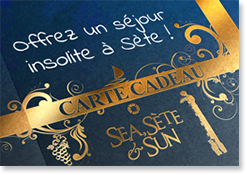Beloce, pelorso ‘prunelle’
Pierre Gastal, ami étymologiste et auteur du dictionnaire
Nos Racines celtiques, du gaulois au français
m’a demandé de publier son article Beluce, un mot probablement d’origine gauloise, dans mon site. Le mot est très rare en occitan mais il y a une attestation dans le Trésor de Mistral pelorso avec quelques formes franco-provençales du Forez:
mais je n’en ai pas trouvé d’autres pour le moment.
Voici son article:
BELOCE (nf, anc. fr.) : fruit du prunelier sauvage (« belocier/belossier »), prunelle noire (prunus spinosa) dont on fait une liqueur.
Étym. : v.fr. beloce/beloche du gaulois *beluccia (id.), p.ê. ligure (*belusca d’après Bloch-von Wartburg repris par P. Guiraud p. 68) mais c’est peu probable vu l’extension géographique du mot : Normandie, Est, Nord-Est, Savoie belosse ; Franche-Comté belousse/peloce (expression comtoise : « envoyer aux peloces » : envoyer sur les roses) ; Jura plousse/palousse => Ploussard, cépage rouge jurassien dont la couleur rappelle la prunelle.
Néanmoins, ce terme fait en gaulois double emploi avec *agranio.
* Il est présent dans l’Est (sauf l’Alsace-Moselle alémanique) et le Centre-Est (P.-H. Billy).
La belôche est une petite prune bleue produite à Vandoncourt (Doubs) et dans les environs => belôchier (prunier), cf. Henri Frossard*, L’impasse du Laquet (1964).
*H.F. 1915-1995, né à Brognard, Doubs, instituteur, directeur du collège de Blamont/Dbs, écrivain, espérantiste, communiste…
* Patois belocière/belorcière/blossière : terre qui produit des beloces. (H. Suter)
* Par l’occ. pelòrsia (prov. pelorso – Mistral) : Dauphiné, Vivarais, Lyonnais pelorse, Velay pialorse, Forez pelosse, Beaujolais, Sologne plosse.
* En Bretagne, breton KLT boloz/poloz, vannetais pelorz, il coexiste avec irin (voir *agranio) : Polotrézen/Fin. (l.d. Plougourvest – + drezen : ronce = « prunelle épineuse »), Betpelorz/Mor. (l.d. Pluvigner – « prunier sauvage » – bret. bot : arbuste, buisson), Béloerzec/Mor. (l.d. Sulniac – « lieu des prunelles » – abs. carte IGN), lieux-dits bretons.
N.B. v.irl./irl. áirne (prunelle), gallois eirin, breton irin.
* En Dauphiné-Vivarais, de l’occ. pelòrsia : La Pélorsière/Ardc (l.d. Annonay), Combe Pélorset/Dr. (l.d. Saint-Donat-sur-l’Herbasse).
* Pseudo-Apulée 99, 27 : « Galli bolus serron… Itali hedera nigra ». Dans le CGL 3, 553, 53 : « buluuse seron, hedera nigra ».
Lat. médiév. bolluca (Merriam-Webster) ; m.angl. bolaster (= bullace tree) => mod. bullace (prune ou prunelle). (Mac Bain’s)
* Du gaulois *agranio : occ. agranhon (prunelle) => Midi agrinio (prunelle), aragnon ; catalan aranyo, aragonais arañon, basque aran (prune).
Lat. prunus spinosa ; irl. pluma (prune) ; Nord-Picardie drageno, fourdraine (+ anc. fr). (W. von Wartburg dans P. Guiraud p. 69)
Walther von Wartburg consacre plusieurs pages à ce mot dans le tout premier volume du FEW qui date de 1922. Voir cet article bulluca « Schlehe » ( = EW I, p.623-625). Il propose trois types d’étymon 1.bullica 2.bullucea et 3.Pullucea. Suivi d’une explication et des références.



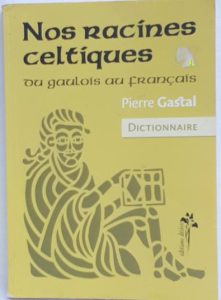

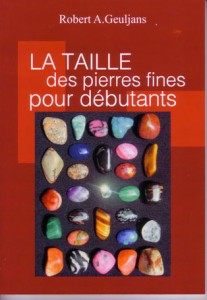
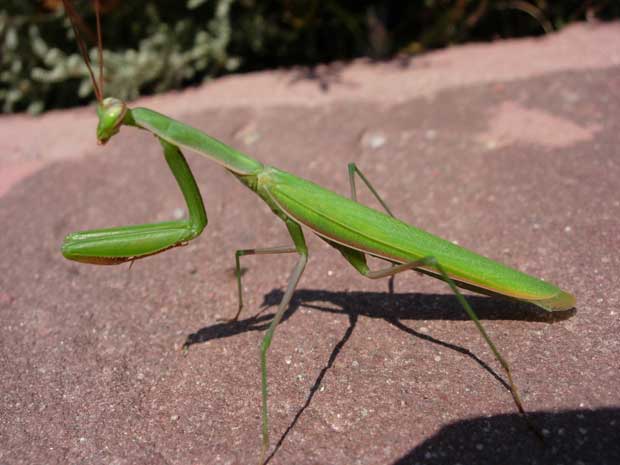

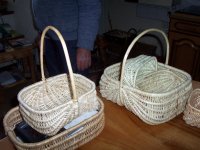
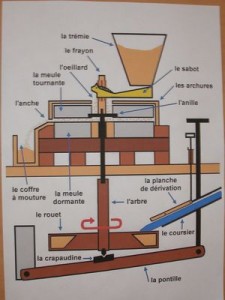
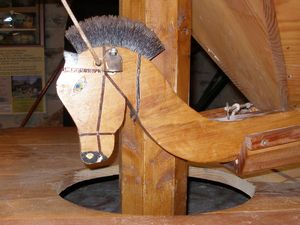

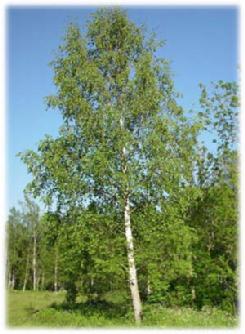


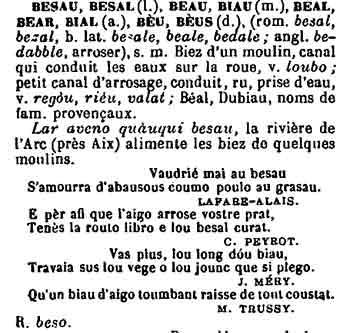
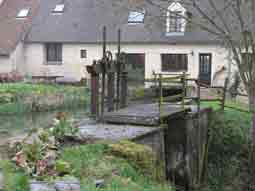
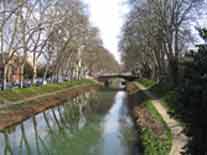 Canal du Midi
Canal du Midi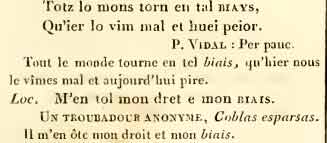
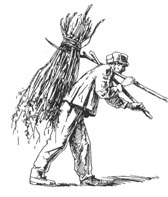
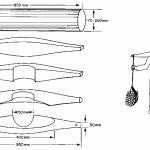

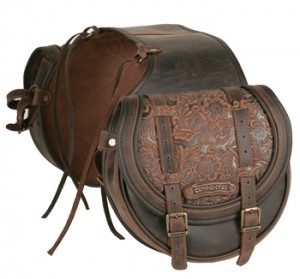
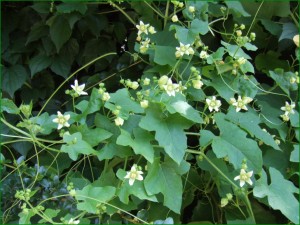
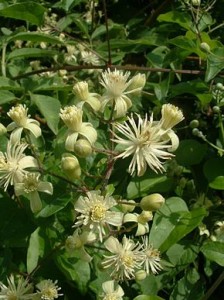
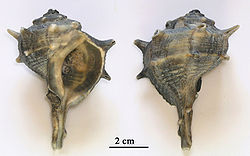
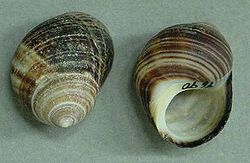
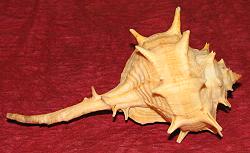 Murex Bigorneau Murex pourpier
Murex Bigorneau Murex pourpier